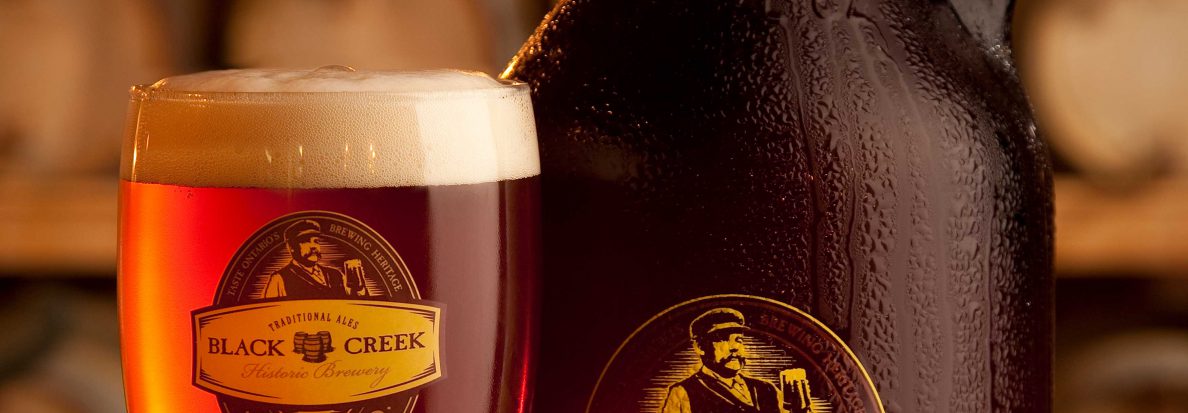This week, we are spotlighting one of Canada’s formidable female brewers: Susannah Oland. Today, you might recognize her beer under the name Moosehead!

But let’s go back: way back. In 1865, Susannah emigrated from England to Canada with her husband John and their nine children. Upon arriving in Nova Scotia, John worked for the railway, while Susannah minded their children and brewed her signature Brown October Ale in the backyard. Impressed by her brew, friends encouraged the Olands to go into business, and by 1867, John and Susannah had established The Army and Navy Brewery. Situated on twelve acres in Turtle Cove, on the east side of the Halifax harbour, they ran a brisk business – local soldiers and sailors proved dependable customers, with a definite taste for Susannah’s ale!
However, tragedy struck just three years later. In 1870, John died in a riding accident, leaving Susannah to raise their children alone. Financial difficulties left her no choice but to sell the majority of shares in The Army and Navy Brewery, thus losing control temporarily. However, Susannah possessed both determination and solid business sense. Upon receiving an inheritance from a family member in 1877, she returned to the beer world by forming a brewery of her own: S. Oland, Sons and Co. (the use of her initial was another canny business move – she wanted to hide the fact that a woman ran the brewery!).


As a complete sidebar, it looks like her son John got into a spot of trouble: he voted in his deceased father’s place during a local (and hotly contested) election…but he was, unfortunately, underage at the time of voting (check out the 1871 census: he wouldn’t have been 21 at the time). However, it seems that nothing came of it.




Besides John’s voting issues, the Olands’ brewery survived two fires, and by the time Susannah died in 1886, her sons had become proficient brewers in their own right. After her death, her sons John Jr., Conrad, and George took over the brewery, renaming it the Maritime Malting and Brewing Co. It was not the last time the name would be changed, nor the last tragedy. The brewery survived the Halifax Explosion in 1917, Prohibition, and two World Wars, adopting several new monikers along the way. It finally became Moosehead Breweries Ltd in 1947, after the popularity of its Moosehead Pale Ale.
Through it all, the Oland family remained; they’re currently on their sixth generation! Where Sleeman, Molson, Labatt, and the others have passed into international partnership, Moosehead alone remains wholly Canadian. A fitting legacy for a fine brewmistress!
To Queen and Country!
Katie


























